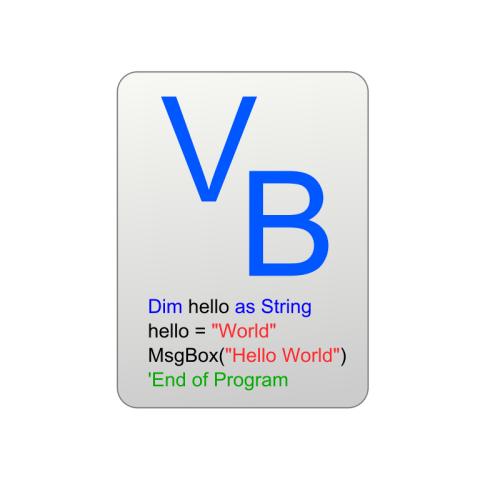
Large swarms of extremely simple robots (i.e., capable just of basic motion activities, like propelling forward or self-rotating) are widely applied to study collective task performance based on self-organization or local algorithms instead of sophisticated programming and global swarm coordination. Moreover, they represent a versatile yet affordable platform for experimental studies in physics, particularly in active matter - non-equilibrium assemblies of particles converting their energy to a directed motion. However, a large set of robotics platforms is being used in different studies, while the universal design is still lacking. Despite such platforms possess advantages in certain application scenarios, their large number sufficiently limits further development of results in the field, as advancing some study requires to buy or manually produce the corresponding robots. To address this issue, we develop an open-source Swarmodroid 1.0 platform based on bristle-bots with reconfigurable 3D-printed bodies, external control of motion velocity, and basic capabilities of velocity profile programming. In addition, we introduce AMPy software package in Python featuring OpenCV-based extraction of robotic swarm kinematics accompanied by the evaluation of key physical quantities describing the collective dynamics. We perform a detailed analysis of individual Swarmodroids' motion characteristics and address their use cases with two examples: a cargo transport performed by self-rotating robots and a velocity-dependent jam formation in a bottleneck by self-propelling robots. Finally, we provide a comparison of existing centimeter-scale robotic platforms, a review of key quantities describing collective dynamics of many-particle systems, and a comprehensive outlook considering potential applications as well as further directions for fundamental studies and Swarmodroid 1.0 platform development.
翻译:暂无翻译



